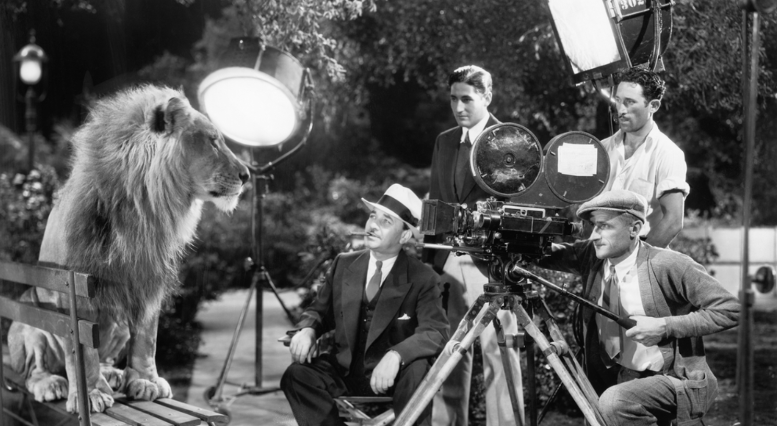Luxury is about having the power to choose among best available options. It is a luxury to own a Birkin Bag designed by Ginza Tanaka or to ride a Ferrari SF90 Stradale designed by Flavio Manzoni. Have you ever thought about how expensive they are? Well, good news is, we can own the companies instead of buying the products. We can tell that it is also a luxury to invest in their businesses. You can zen-mode your mind and enjoy a persistent, wide-moat investment at a fraction of a Birkin Bag price.
The moat in luxury companies makes it hard for newcomers to replace their products. It also makes the demand less elastic. Car producers can make a fully electric vehicle designed with an impressive look and branded with an inspiring name. But put an excessive price tag, nobody wants to buy it. But for a real luxury car, the excessive level is blurred because the act of buying becomes the statement of your personality.

Luxury companies enjoy persistent barrier to entry due to its nature of rich heritage. Luxury is about stories and good stories come from a rich heritage. Because heritage is deeply rooted in time, it is hard to shift it around and it is hard to be swayed by external factors.
Luxury brands have built credibility over many decades, or even centuries. Thierry Hermes started making harnesses to serve European nobleman in 1837. Louis-Francois Cartier took over a jewelry workshop in 1847. His grandchildren, Louis Cartier, made the famous mystery clocks in early 1914. Pierre Jaquet Droz, passionate about clockmaking and precision mechanics, started his first workshop in 1738.

The long-decade credibility is time-stamped. Therefore, even if one can execute a delicate marketing strategy, it needs a lot of time to achieve legendary status in luxury.
Burberry is one example. Founded in 1856, Burberry has a long heritage as a quality outdoor attire. It was granted a royal warrant by the English monarch in the 1990s, making it an official supplier to the royal family. Aware of the potential, CEO Angela Ahrendts tried to lift Burberry as an ultra-luxury fashion house in the mid-2000s. She centralized design and focused on innovating core heritage products so that the brand has some exclusivity aura. It was a short-lived success. After she moved to Apple in 2014, the Burberry brand weakened. Burberry’s revenue stalled massively behind the real ultra-luxury brand, Hermes, which grew by 8% annually in the next five years.
Pursuing an ultra-luxury path must be deep and be done inter-generation. Unfortunately, the successive CEOs didn’t go deep. Instead, they become pragmatic. Amid the Covid-19 crisis, Burberry played with discounts to close a sale. A discount is not a good story-telling for an aspiring ultra-luxury brand.
Another example is Tod’s. It was founded in 1920 as a shoe factory, but only after the 1970s, Tod’s became an internationally known luxury brand (to be more precise, ‘affordable luxury’). After years of a downward trend in revenue, Tod’s initiate a turnaround strategy in 2017, especially in marketing. Tod’s hired a new creative director who formerly worked at Bottega Veneta and hired a social media star as part of its board of directors. Still, it is struggling and may become the next acquisition target. In April 2021, LVMH increases its holdings in Tod’s to 10%.
Heritage makes a moat for a company. For luxury brands, it is not only a strength but also a trap. Take for example, Burberry. Its heritage keeps it as a luxury brand but traps it as a good old fashioned brand. It fails to move to the ultra-luxury status, yet it cannot enter into the minds of younger population. Another one is Tod’s. The heritage keeps it as an affordable luxury brand for the mass. When the mass is losing purchasing power, so does Tod’s sales.
Happy luxuriating!

